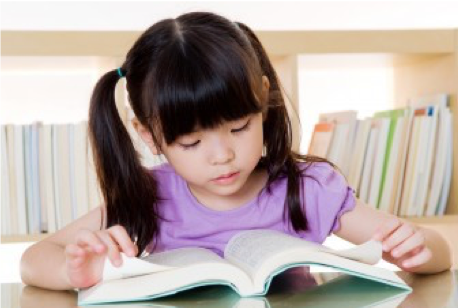
By Michael Kress

About a year ago, many of my friends, along with a certain segment of the Jewish world, were excited about the publication of a new children’s book, an event that is usually so routine it rarely elicits notice, let alone comment. This book, however, different: The Purim Superhero features a brother and sister who live with their two dads. It is billed as the first Jewish kids’ book to feature same-sex parents or any type of LGBT characters, and was on Parents.com’s recently published list of great children’s books with same-sex parents. (The title refers to a Jewish holiday that, coincidentally, was celebrated earlier this month).

I recently thought of the book and the enthusiasm it provoked when I read about a study showing just how few newly published children’s books portray characters from racial and ethnic minorities: Of 3,200 books published in 2013 and studied by researchers at the Cooperative Children’s Book Center School of Education, University of Wisconsin-Madison, they found only 93 about black characters; 57 about Latinos; 69 about Asian; and 34 about American Indians.
That amounts to … not a lot.
This is a shame on so many levels. Most obviously, for kids who themselves belong to any of these terribly underrepresented groups—but also for all of us. The problem with these stats is the flip side of the excitement my friends and I felt for The Purim Superhero. The stories that we tell ourselves—and certainly the stories we read to our children—matter. Deeply. They help us understand and make sense of our world, they help us define ourselves and our values, they help us appreciate how others feel and how to put words to our own feelings. It is not just a matter of seeing myself in these stories, it is a matter of seeing my world—and the world I want to live in.
The American family is changing, fundamentally, rapidly. Whatever the world of our parents and grandparents and great-grandparents looked like, today’s world, and certainly tomorrow’s world, will look very different. I want to be able to help my children understand, value, and cherish other people and other families, regardless of what they look like, where they come from, how they worship, or who they love. If the kids’ book world cannot capture in any adequate way the range of racial and ethnic diversity among American families, what hope is there for depictions of newer and less traditional family arrangements?
Books are a big way to help us accomplish that. Without them to aid us, the task is that much harder.
As our values and the realities of our world change over time, so should our books, which can help our kids feel comfortable with and accepting of ideas–and people and family arrangements– that are new, different, and perhaps at first unusual to them. In addition to its two-daddy household, The Purim Superhero features a woman rabbi as the spiritual leader of their synagogue. Depicting a woman in the historically male role of rabbi would have been remarkable a couple of generations ago, and virtually unthinkable before then. Today it is hardly mentioned, if at all, in coverage of and discussions about the book. My kids shrug at it, just as they shrug at the idea of a family with two daddies, and that’s in part thanks to the book they’re asking me to read again and again.
It’s important to note that The Purim Superhero wasn’t created in a vacuum and it wasn’t a happy accident of writer meets publisher. It was the product of a writing contest held by Keshet, an advocacy group for LGBT Jews (the name means “rainbow” in Hebrew) — which saw the contest a great way to find, publish, and publicize an engaging book with the character, themes, and message of so important to the organization.
Perhaps it’s time for others to follow that model. Strangely, the University of Wisconsin-Madison study found that the number of children’s books featuring characters from the groups it studied dropped over the past decade.
We’re going the wrong way. It’s time for our kids’ books to look like America.